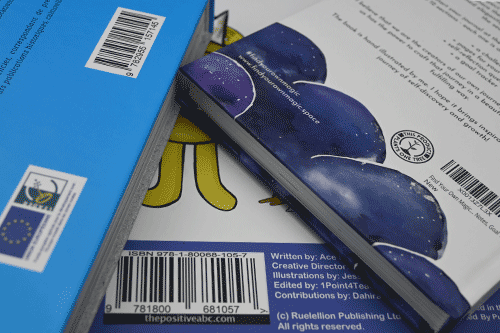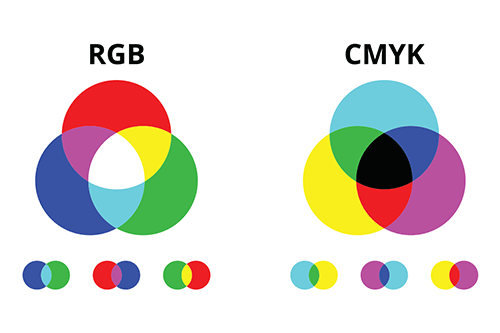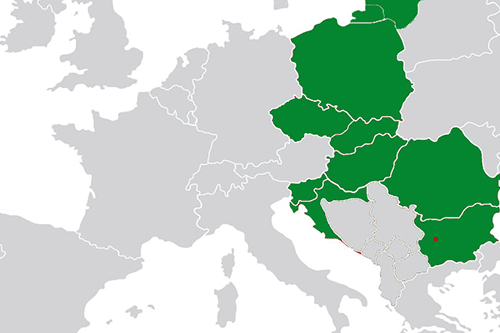Each book and each printing project is unique. Every print project and every book has a specific purpose that it aims to serve and for that reason, the practical details of book creation are different each time.
Giving clear specifications to the printer will eliminate the need for questions, provide more clarity and expedite the overall process.
Check this book printing checklist before you start your project:
1. Preparation
Before you send your files for printing, they will need to be correctly prepared. Amongst the things you will need to consider are the image resolution, the bleed, safety margins, ink coverage, frames, inner pages, and whether you want paperback or hardcover.
There are many other options and unknowns that you need to identify in order to make your order process smooth and fast. Check out what else is included in the process of preparing your files.
2. Sending your files
After receiving your quote and preparing your files, you will have to send them to the pre-press department for them to be examined and checked.
Clearing all the unknowns and answering all questions that may arise will further expedite the whole process. There are several options that you can use to send your files.
3. Compatibility check
At this stage, you will go through a file validation process that will reveal the compatibility of your files with the printing process. This process is focused on fixing errors that might have crept in before going to print.
4. Choosing the right paper
The physical quality of your book relies heavily on the paper that you choose. Getting to know the features of the most commonly used papers is of critical importance for the overall quality of your next print job.
Some other factors that you need to take into consideration are the printing technology that will be used and the touch and feel of the papers. Find out how choosing the right paper affects the final result of your printing.
5. The cover
Your book cover is the soul of and the window into your book. The book binding and the book cover usually reflect the overall quality of the printed product, just like the icing on a cake.
This part of the print project needs to satisfy three requirements: the ease of storage and handling of the book, optimal comfort while reading, and of course good overall protection for the product.
6. The final finish
Choosing the interior paper and the cover specifications is only part of the job. Once the basics are established there’s a range of things you can choose to add value to the finished product, such as adding varnishes and lamination, hot stamping and embossing, as well as metalised papers with a selection of different effects. Read more on lamination and special finishes to see how your next print project can be turned into a masterpiece.
To learn more about the pre-press and printing process you can head over to the how to print novels and non-fiction article that explains in greater detail the ABCs of the printing process.
Check our price: it’s free and it only takes seconds!









